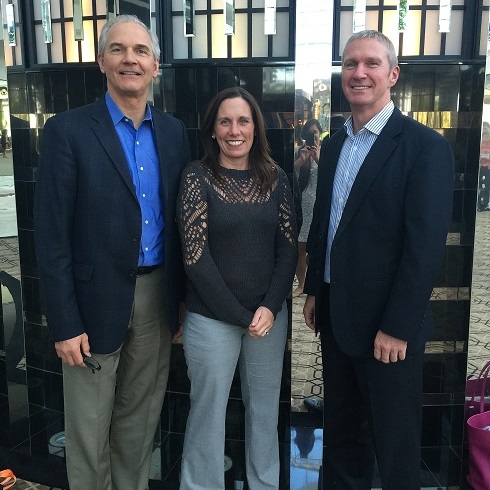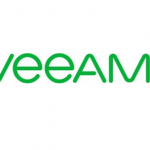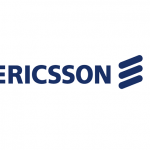By Cat Yong
According to Progress APJ Managing Director, Stephen McNulty, Progress wants to be known as the one-stop and go-to resource for software solutions “We also want people to think of us, and when it comes to application development come to us, and we will make everything work for you.”
Progress’ 30 years legacy experience and openness to reusing existing legacy in IT environments, is a compelling proposition and when one thinks of Progress’ years of experience and its well-established OpenEdge platform, it is hard not to buy in.
How does Progress do it different from other tech vendors that claim to offer the same?
Bringing the new and the old, together
Progress’ Open Edge President Jerry Rulli said, “We try to talk to people about if they ran an application today, the basic elements are not much different from 30 years ago. Difference is, there is not one vendor that gives you all the (components) to start with.
“The value of the OpenEdge platform is that it delivers to developers, language, security, networking, including the database … it all just works.”
While OpenEdge focuses more on delivering what was important at the time it was first introduced – systems of records for organisations – Rulli assured that Progress wants to help customers ensure its integration with front end systems of engagement, which emphasise the user and user experience.
“OpenEdge has already done this, and delivers it FOC,” said Rulli.
Getting ready for the future
Karen Padir, Progress’ President of Application Development and Deployment, also shared results of a Vanson Bourne survey of around 700 developers.
“Eighty-five percent want to develop and deploy new apps faster, while 88-percent want to deploy more frequently.
“But the reality is that app development takes anywhere from 12 months to 3 years. Most IT shops want to develop in 6 months, but only 18-percent, have the resources to do that.”
Also, as consumerisation starts to pervade every corner of the enterprise, applications are expected to do a whole lot more – there has to be at least elements of self-action, data that moves fluidly from one app to another, and ability to support mobile screens as well.
“When was the last time you picked up a manual to figure out how to use a piece of technology?” Padir also asked, drawing attention to the fact that users want their apps to be user-friendly and intuitive at the same time.
“There are these expectations now, and it is going to get loftier,” she concluded.
Platform
Rulli had emphasised, “The source of everything (going on) at Progress, is creating business apps.”
With their recent acquisition of Telerik, Progress now also has a full-lifecycle mobile platform to address business app development for mobiles. In fact besides Telerik there are other capabilties Progress has today, which were not around two years ago.
“We made these investments,” Rulli pointed out.
Despite this, he and Padir were also very clear that the approach Progress is adopting moving forward, is to preserve (legacy) and extend it (capabilities), not rip and replace it.
Rulli gave the example of Oracle that gains about USD20 billion a year, from maintenance of legacy systems of record – enterprise resource planning, human resource management, supply chain management, logistics and more.
“All these data is revenue stream that your company is banking upon. You want to try reuse your environment again,” said Rulli who also added that even small businesses need systems of record to be solid and secure.








